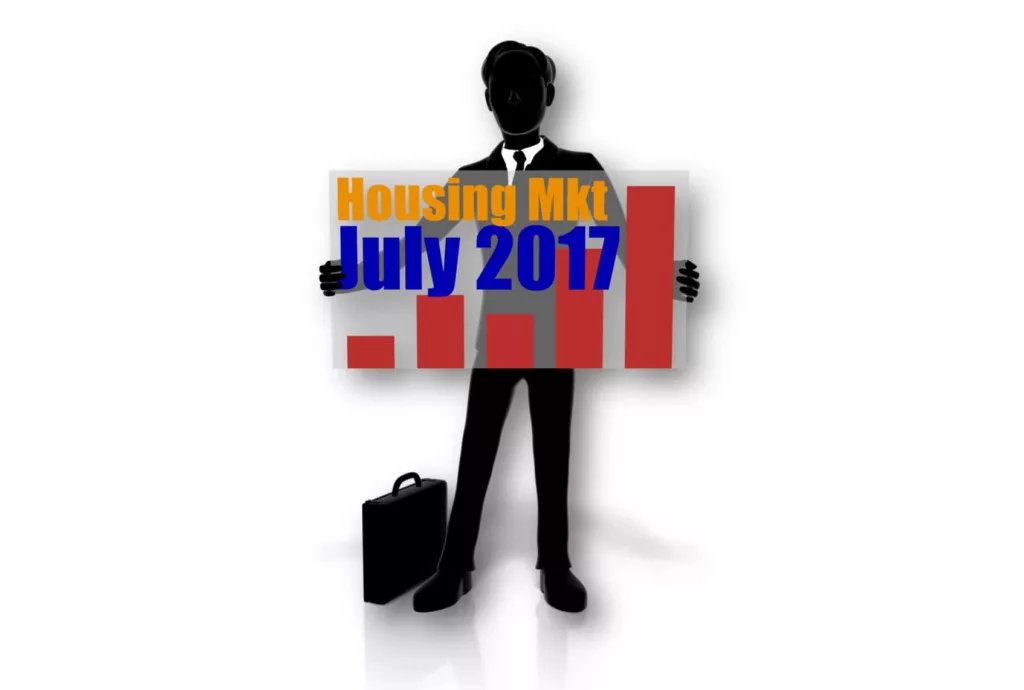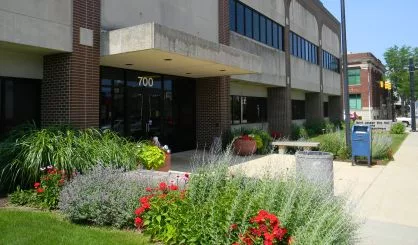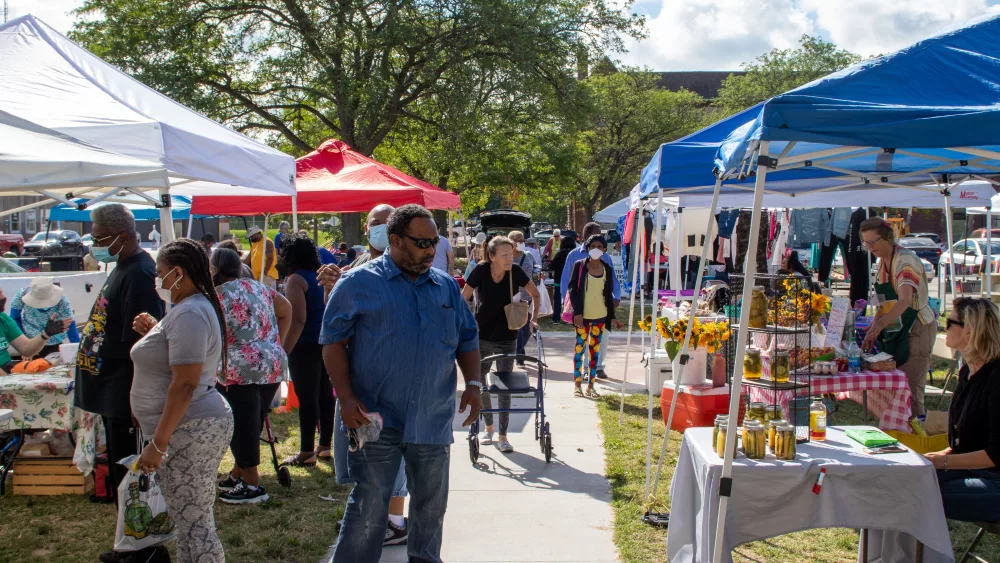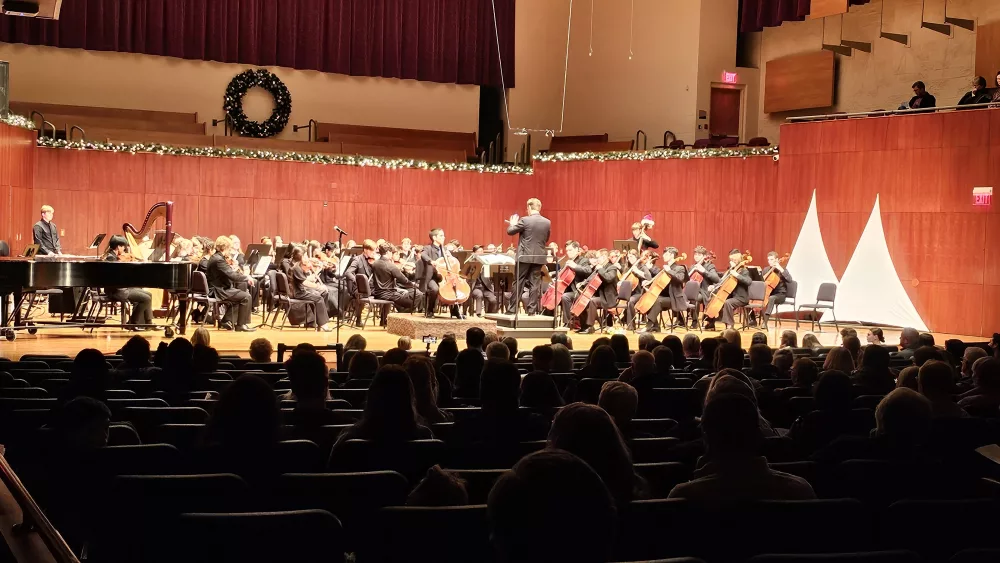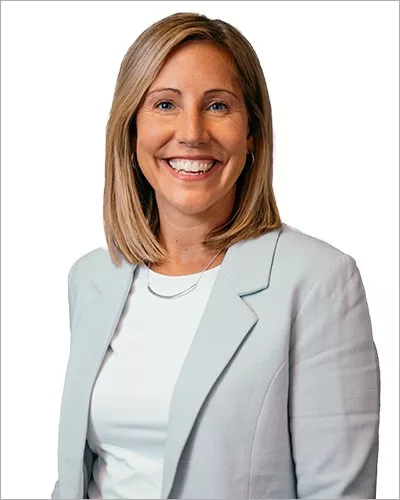Most of the local housing market in Michigan’s Great Southwest continues to outpace all previous market years back to the benchmark year of 2006, including dollar volumes, selling prices and the like, however, the actual number of homes sold month to month fell by 15-percent in what is typically considered the peak selling season this time.
Alan Jeffries, Association Executive for the Southwestern Michigan Association of Realtors, Inc., says that while the number of homes sold in July dropped by a single house (330 this year vs. 331 in July of 2016), the more significant number is July 17 versus June 17. the number of homes in the SW Michigan market was off by 15- percent in that two month period.
Jeffries says, however, “While sales were almost even, the average selling price increased by 9-percent ($224,705 vs. $206,179), and the median selling price jumped 6-percent ($164,819 vs. $155,000).”
As a result, Jeffries points out, “Except for the number of houses sold, the housing market in 2017 continues to outpace previous market years back to 2006 for total dollar volume, average selling prices and median selling prices. Year-to-date numbers also were higher than in previous years.”
The wrinkle in all this is, as Jeffries tells us, “Even as a part of the year’s peak selling season, the number of houses sold in July tends to fall below results in June and the trend has shown that sales will pick up in August. This year the number of houses sold dropped 15-percent from June sales.”
Higher selling prices pushed the total dollar volume up 9-percent from July 2016 ($74,152,768 vs. $68,245,498). Since May, the average selling prices have held steady; wavering less than $900. However, with fewer houses sold in July compared to June the total dollar volume dropped 15-percent ($74,152,768 vs. $87,335,485).
Year-to-date, the number of houses sold was up 5-percent (2,024 vs. 1,926). This increase resulted in the year-to-date, total dollar volume increasing by 13-percent.
The median selling price of $ 164,819 in July 2017 was a 6-percent increase over the $155,000 set in July 2016. Year-to-date the median selling price rose 11-percent to $152,225 from $137,000 in 2016.
The median price is the price at which 50% of the homes sold were above that price and 50% were below.
Another key issue remains inventory on the market. The active listing of homes for sale fell 16-percent at the end of July 2017 with 2,019 homes for sale compared to 2,409 homes for sale in July 2016. This declining inventory gave the market just 6.6-months supply of houses for home buyers to select from compared to 8.4-months supply a year ago and 18.1-months inventory as recently as in 2010.
Since May the number of bank-owned or foreclosed homes as a percentage of all transactions has continued to decline. In May, it was 6-percent. In June the record dropped to 5-percent. Then in July a new record was set at 4-percent. The previous lowest percentage was 8-percent in October 2016. In July 2009, the percentage was 35-percent.
Locally, the mortgage rate bumped up slightly to 4.06 from 4.03 percent in June. Last year in July, the rate was 3.5. Nationally, the Freddie Mac mortgage rate in July was 3.92 compared to 3.88-percent in July for a 30-year conventional mortgage.
According to the National Association of Realtors, listings in July typically went under contract in under 30 days for the fourth consecutive month because of high buyer demand, but existing-home sales ultimately pulled back as large declines in the Northeast and Midwest outweighed sales increases in the South and West.
Total existing-home sales, which are completed transactions that include single-family homes, townhomes, condominiums and co-ops, slipped 1.3-percent, nationally, to a seasonally adjusted annual rate of 5.44 million in July from a downwardly revised 5.51 million in June. July’s sales pace is still 2.1-percent above a year ago, but is the lowest of 2017.
Lawrence Yun is Chief Economist for the National Association of Realtors. He says the second half of the year got off on a somewhat sour note as existing sales in July inched backward. He tells us, “Buyer interest in most of the country has held up strongly this summer and homes are selling fast, but the negative effect of not enough inventory to choose from and its pressure on overall affordability put the brakes on what should’ve been a higher sales pace.” He adds, “Contract activity has mostly trended downward since February and ultimately put a large dent on closings last month.”
The median existing-home price for all housing types in July was $258,300, up 6.2-percent from July 2016 ($243,200). July’s price increase marks the 65th straight month of year-over-year gains.
As a result, Yun notes, “Home prices are still rising above incomes and way too fast in many markets.” He cautions, “Realtors continue to say prospective buyers are frustrated by how quickly prices are rising for the minimal selection of homes that fit buyers’ budget and wish list.”
Regionally, existing-home sales in the Midwest fell 5.3-percent to an annual rate of 1.25 million in July, and are now 1.6-percent below a year ago. The median price in the Midwest was $205,400, up 5.9-percent from a year ago.
First-time buyers were 33-percent of sales in July, which is up from 32-percent both in June and a year ago. NAR’s 2016 Profile of Home Buyers and Sellers revealed that the annual share of first-time buyers was 35-percent.
According to President William E. Brown, a Realtor from Alamo, California, there’s a prominent misconception – especially among non-homeowners – that a down payment of at least 20-percent is needed to buy a home. He argues, “Every month this year, roughly 60-percent of buyers who financed their purchase with a mortgage made a down payment that was 6-percent or less.” He adds, “Potential buyers with solid employment and manageable levels of debt will find that there are mortgage options available. Talk to a lender to find out what you qualify for based on your savings and let that guide you as you begin your home search with a Realtor.”
All-cash sales were 19-percent of transactions in July, up from 18-percent in June but down from 21-percent a year ago. Individual investors, who account for many cash sales, purchased 13-percent of homes in July, unchanged from June and down from 11-percent a year ago. Distressed sales – foreclosures and short sales – were 5-percent of sales in July, up from 4-percent in June and unchanged from a year ago. Four percent of July sales were foreclosures and 1-percent were short sales.
Nationally, the total housing inventory at the end of July declined 1.0-percent to 1.92 million existing homes available for sale, and is now 9.0-percent lower than a year ago (2.11 million) and has fallen year-over-year for 26 consecutive months. Unsold inventory is at a 4.2-month supply at the current sales pace, which is down from 4.8 months a year ago.
The numbers reported for local sales include residential property in Berrien, Cass and the westerly 2/3 of Van Buren counties and should not be used to determine the market value of any individual property. If you want to know the market value of your property, you should contact your local Realtor.
The Southwestern Michigan Association of Realtors, Inc. is a professional trade association for real estate licensees who are members of the National Association of Realtors and ancillary service providers for the real estate industry in Berrien, Cass and Van Buren Counties. The Association can be contacted at 269-983-6375 or through their website at www.swmar.com.


